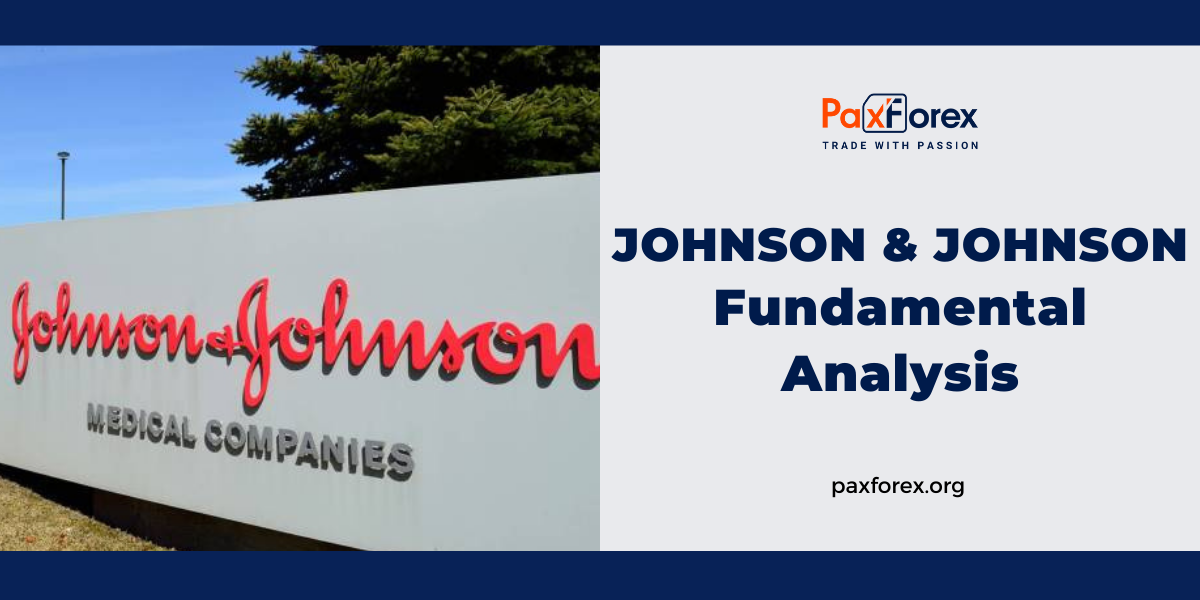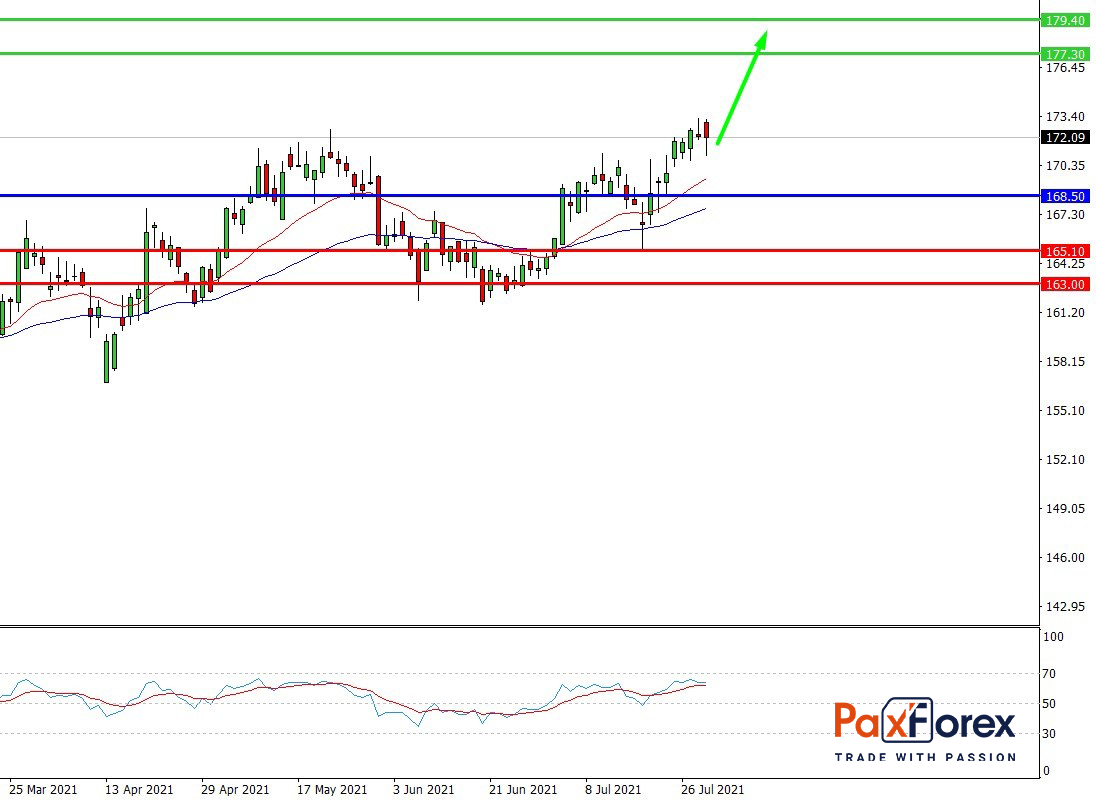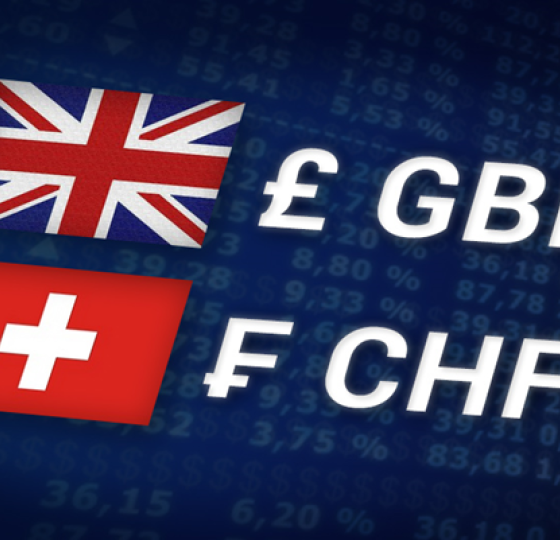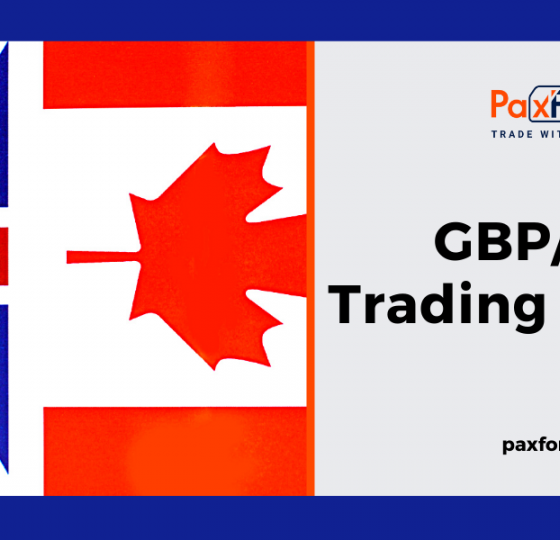
Source: PaxForex Premium Analytics Portal, Fundamental Insight
Johnson & Johnson has been a profitable business to invest in for years. But its legal problems have grown steadily--the company has faced tens of thousands of lawsuits over talc alone.
And while so far the health care giant has managed to cope with its legal costs and remain profitable, that may not be the case in the future.
In addition, all these negative publications are not good for the Johnson & Johnson brand. The constant barrage of recalls and lawsuits could cause real, long-term damage. Can we still invest in this business, or have Johnson & Johnson's legal problems made this company a stock to be avoided at all costs?
Johnson & Johnson has been involved in numerous lawsuits in recent years. Most recently, earlier this month, the company announced a voluntary recall of certain Neutrogena and Aveeno sunscreens. Although benzene, a known carcinogen, is not in their composition, it was found in product testing. Johnson
& Johnson is recalling the products "for reasons of caution."
In addition, the U.S. Food and Drug Administration (FDA) issued a second warning regarding Johnson & Johnson's coronavirus vaccine. It states that the vaccine may increase a person's risk of developing a neurological disorder called Guillain-Barré syndrome. The agency had also previously issued a warning that the vaccine increases the risk of blood clots. (The FDA also issued warnings for Pfizer and Moderna's COVID-19 vaccines, saying they increase the risk of heart inflammation.)
These cases have not caused problems with Johnson & Johnson's financial performance - yet.
In 2020 and 2019, Johnson & Johnson's legal expenses totaled more than $5 billion. However, in each of those years, the company's net income was about $15 billion. And as a percentage of revenue, the company made an 18 percent profit - only slightly less than the 19 percent net income it achieved in 2018. From a purely financial standpoint, the company has yet to feel much of an impact on its bottom line. When Johnson & Johnson released its latest quarterly results on July 21, its earnings for the period ending April 4 looked higher than ever, at more than $6 billion.
But as problems mount, legal costs could rise sharply in the coming years. And rumor has it that the company is looking ahead to potentially limit some of that liability. According to a Reuters report, Johnson & Johnson is considering writing off liabilities related to baby powder talcum powder to a new business and then putting that business under bankruptcy protection. The move would help limit the company's legal liabilities related to the issue.
Johnson & Johnson is an incredibly profitable company, and its stock is the king of dividends you can count on for the foreseeable future - provided, of course, that legal bills don't begin to undermine the company's ability to meet those obligations. At present, that doesn't seem to be a problem.
However, investors should be careful not to rely solely on past performance or on the company's ability to weather the storm. The more problems become known, the more likely the company is to suffer financial losses in one form or another. We have no way of knowing whether a particular straw will be found that will break the camel's back, and it certainly seems unlikely now that Johnson & Johnson will not survive these problems, given its enormous size. But mere survival will not make this company a great investment. There are also intangibles to consider, such as the impact of bad headlines on the company's future and whether it might cause consumers to switch to competing brands. It, combined with potentially rising litigation costs, creates some long-term risk that investors shouldn't just ignore. And if a company is trying to dodge responsibility to consumers who have developed serious health problems related to talcum powder, it could alienate potential investors from an ethical standpoint.
While Johnson & Johnson is doing well right now, there are better options for investors that don't have nearly as much long-term risk.

Provided that the currency pair is traded above 168.50, follow the recommendations below:
- Time frame: D1
- Recommendation: long position
- Entry point: 171.79
- Take Profit 1: 177.30
- Take Profit 2: 179.40
Alternative scenario:
In case of breakdown of the level 168.50, follow the recommendations below:
- Time frame: D1
- Recommendation: short position
- Entry point: 168.50
- Take Profit 1: 165.10
- Take Profit 2: 163.00













